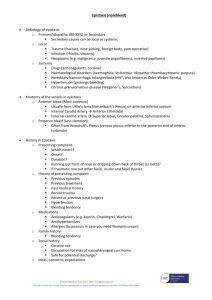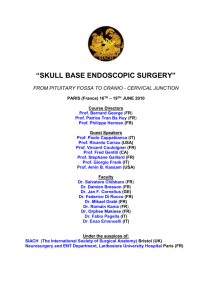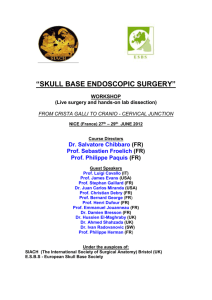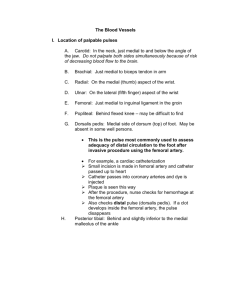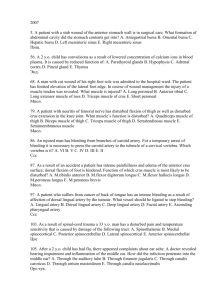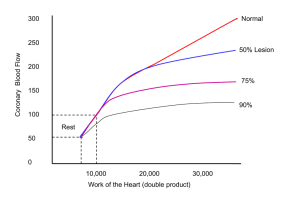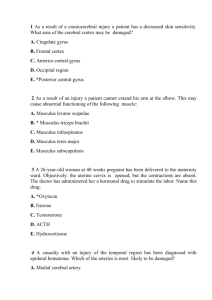Nasal Bleeding
advertisement
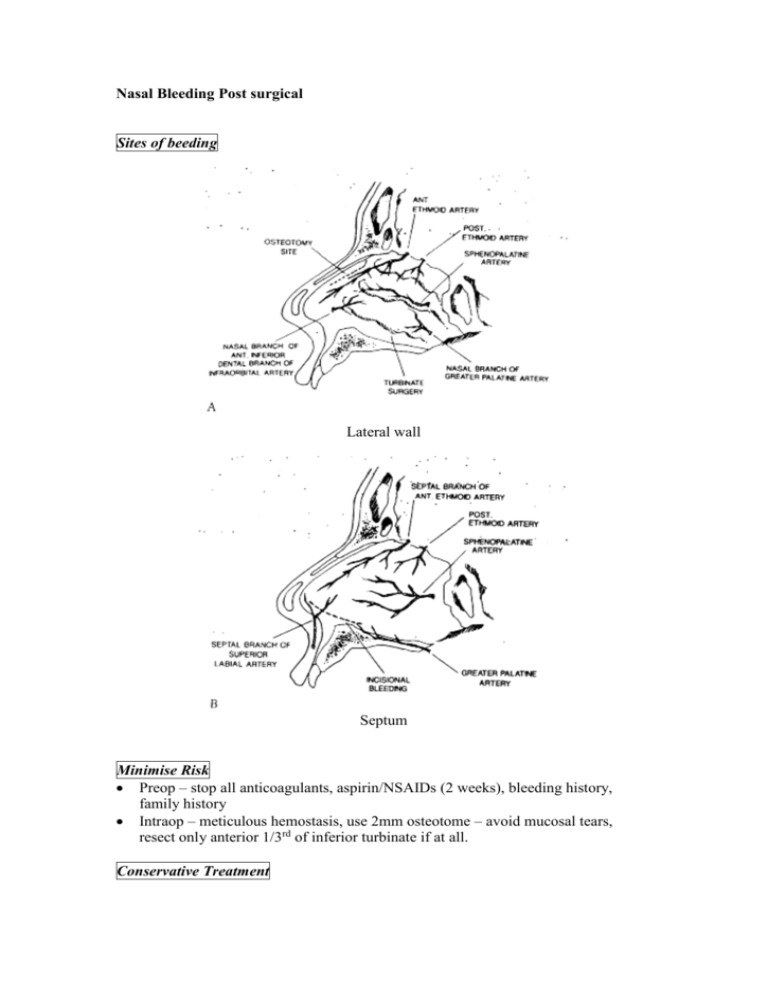
Nasal Bleeding Post surgical Sites of beeding Lateral wall Septum Minimise Risk Preop – stop all anticoagulants, aspirin/NSAIDs (2 weeks), bleeding history, family history Intraop – meticulous hemostasis, use 2mm osteotome – avoid mucosal tears, resect only anterior 1/3rd of inferior turbinate if at all. Conservative Treatment The nose may require packing, ice pack, antibiotic cover. Nurse head up and control hypertension – these manoeuvres will stop 80-90% of bleeders. Topical decongestants/vasoconstrictor application. Attempt to localize the source of bleeding - superficial bleeding may respond to silver nitrate sticks – apply for 30s. Endoscopic cauterization of the offending vessel may be possible. Septal bleeding will need to be drained through a mucoperichondrial incision. When anterior and posterior nasal packing have failed to achieve permanent control – consider selective embolisation of the maxillary artery. Ensure patient does not have a bleeding diasthasis – consider blood products and clotting factors Selective Embolization of Maxillary artery first-line treatment with or without surgical management 82-100% success rate, major complication rate of 0-3% (CVA, paraplegia, blindness—all of which were transient) Only able to embolize external carotid and branches Surgical Treatment Adequate resuscitation Under GA, carefully remove packs Irrigate with warm saline Inject greater palatine foramen (medial to 3rd molar for temporary hemostasis) Maxillary artery 1. Transmaxillary internal maxillary artery ligation Caldwell-Luc approach to the maxillary sinus. The posterior sinus wall is carefully removed and the pterygopalatine fossa contents exposed. Dissection under the operating microscope allows the surgeon to ligate the distal branches of the internal maxillary artery (pharyngeal, sphenopalatineposterior nasal) under direct vision. There is a 10-15% technical failure rate. Complications (25-30%) include pain in teeth, damage to teeth, damage to sphenopalatine ganglion or vidian nerve, damage to infraorital nerve, oroantral fistula, and sinusitis 2. Transoral approach reserved for patients with no maxillary sinus(children) Posterior gingivobuccal incision beginning at second molar Temporalis muscle split and partially dissected Maxillary artery visualized, clipped and divided Advantages: children/facial fractures Disadvantages: more proximal ligation tgus generally less effective Complications: trismus, damage to infraorbital nerve 3. Transnasal endoscopic sphenopalatine artery ligation Follow middle turbinate to its posteriormost aspect vertical mucoperiosteal incision between middle and inferior turbinates elevation of flap and look for vessel at sphenopalatine foramen exposure and ligation of the sphenopalatine artery with a clip. Complications – minimal, Failures 0-13% This is the most distal treatment and is very effective in the case of bleeding from this artery Anterior/Posterior Ethmoid artery performed for patients with superior bleeding or in conjunction with internal maxillary artery ligation surgery for patients with an unknown bleeding source. Approaches: i. Lynch incision incision over the superomedial orbital rim Disadvantages: obvious skin scarring near the medial canthus, disinsertion of the medial canthal tendon, or the possibility of damage to the lacrimal sac. Also diplopia from damage to trochlea of the superior oblique muscle or scarring of adjacent structures ii. bicoronal incision iii. lower subciliary blepharoplasty incisions iv. lower lid transconjunctival incisions v. transcaruncular anterior orbitotomy incision through the conjunctiva, between the plica and caruncle dissected between Horner’s muscle and the medial orbital septum to expose the medial orbit. This approach could avoid manipulation of the lacrimal sac and medial canthal tendon. Disadvantage - no defined surgical plane through the caruncle; the caruncular tissue is highly vascular vi. precaruncular approach using an incision through the superomedial and inferomedial borders of the caruncle Periobita is carefully dissected free from the medial orbital wall. The anterior artery is located approximately 8-12 mm from the lacrimal crest. The posterior artery is located approximately 10-12mm from the anterior artery. The optic nerve is only 4-6 mm posterior to the posterior ethmoid artery. (12-12-6) The effectiveness of this procedure is not always known, but complications (2530%) include stroke, blindness, ophthalmoplegia, and epiphora. External carotid ligation seldom performed as it is very proximal to the bleeding site and often is not as effective as more distal treatments and carries more severe complication risks. Post Op Anterior/posterior packing for 24 hours
